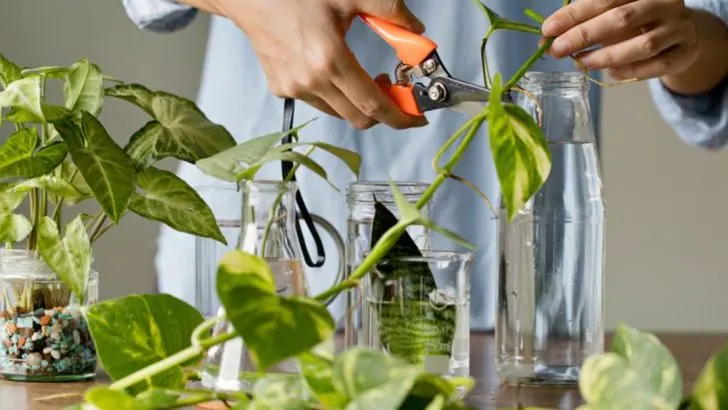Propagating plants from cuttings is one of the easiest and most rewarding ways to expand your garden—without spending a dime! Whether you want to grow more of your favorite houseplants, herbs, or flowering shrubs, mastering this technique allows you to clone healthy plants and create an endless supply of greenery.
With the right tools, timing, and method, even beginners can successfully root plant cuttings and watch them thrive. From stem cuttings to leaf and root propagation, each plant has its own preferred way of multiplying. Understanding the basics will increase your success rate and give you the confidence to grow your plant collection effortlessly.
In this guide, we’ll walk you through how to propagate plants from cuttings like a pro, covering the best techniques, essential tips, and common mistakes to avoid.
Choosing the Right Cutting
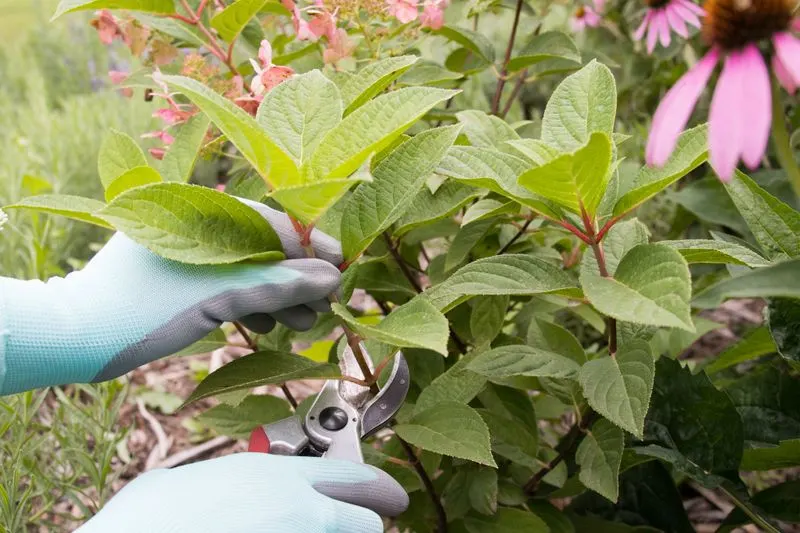
Selecting the optimal cutting is critical to successful propagation. Look for healthy stems with vibrant leaves, ideally from a non-flowering part of the plant, as energy should focus on root development. Choose cuttings that are about 4-6 inches long for the best results. Different plants have various cutting requirements; softwood cuttings for plants like lavender, while hardwood cuttings suit roses. Be mindful of the season, as spring and early summer are generally best. This initial choice sets the stage for robust growth and flourishing roots.
Preparing the Cutting
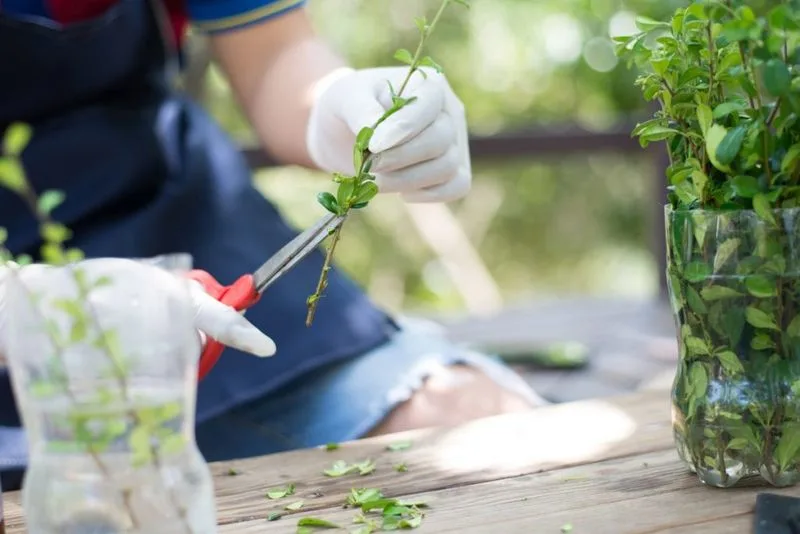
Once the perfect cutting is in hand, preparation is key. Remove the lower leaves to expose the nodes, where roots will eventually sprout. It’s crucial to use clean, sharp tools to prevent damage and disease. Cutting just below a node increases the chances of successful rooting. A clean cut ensures the plant can absorb water and nutrients effectively. Dip the cut end in rooting hormone for an extra boost, especially for hardwood cuttings. These steps create the ideal conditions for your plant to thrive.
Creating the Ideal Environment
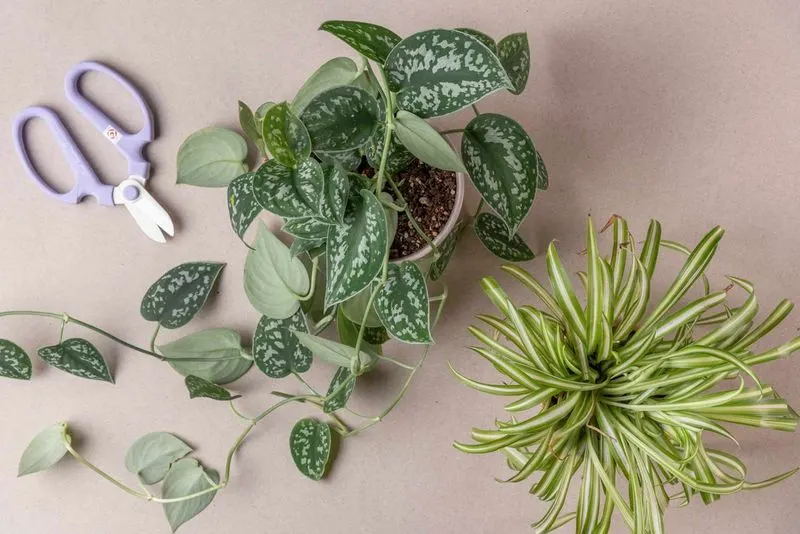
The environment plays a pivotal role in rooting success. A humid atmosphere helps prevent water loss from the cuttings, while indirect light supports steady growth. Consider using a propagator or a simple plastic cover to maintain humidity. Ensure the medium you use, whether soil or water, is sterile to fend off pathogens. Consistent warmth, around 65-75°F, encourages vigorous root formation. Attention to these environmental factors can dramatically increase your propagation success rate.
Planting the Cutting
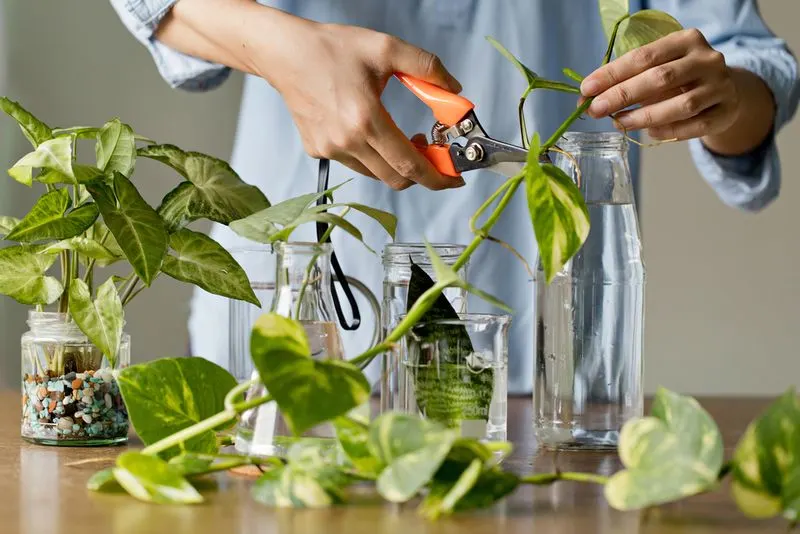
When placing the cutting into its new home, gentle handling is paramount. Create a hole in the soil with a stick or your finger to avoid damaging the delicate stem. Insert the cutting carefully, ensuring the nodes are covered to encourage root growth. Firm the soil gently around the base to provide stability. Water the cutting lightly, enough to moisten the soil without causing waterlogging. Proper planting techniques lay the groundwork for a strong, healthy plant.
Watering Wisely
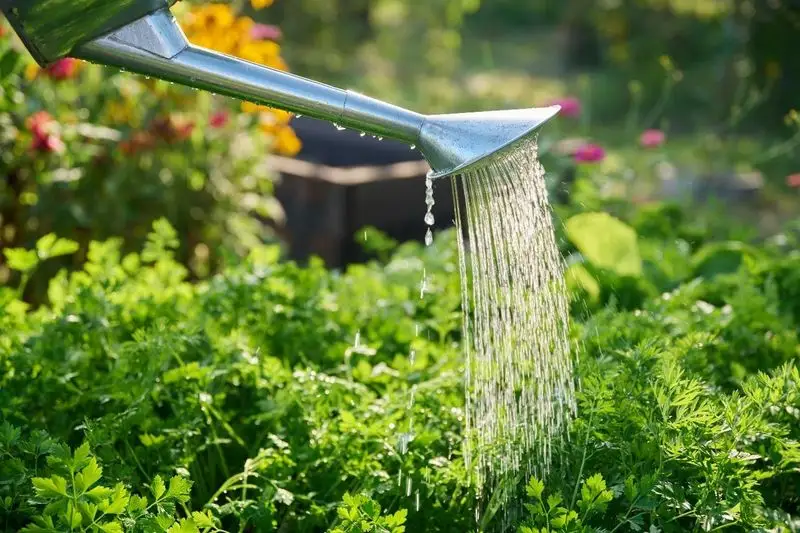
Water management is a balancing act during propagation. Overwatering can lead to rot, while underwatering may cause dehydration. Aim for consistently moist soil, but allow the top layer to dry slightly between waterings. Use a watering can with a fine spout for precision, ensuring water reaches the base without disturbing the roots. If propagating in water, change it every few days to keep it fresh and oxygenated. Mastering this balance is essential for nurturing strong roots.
Monitoring Progress
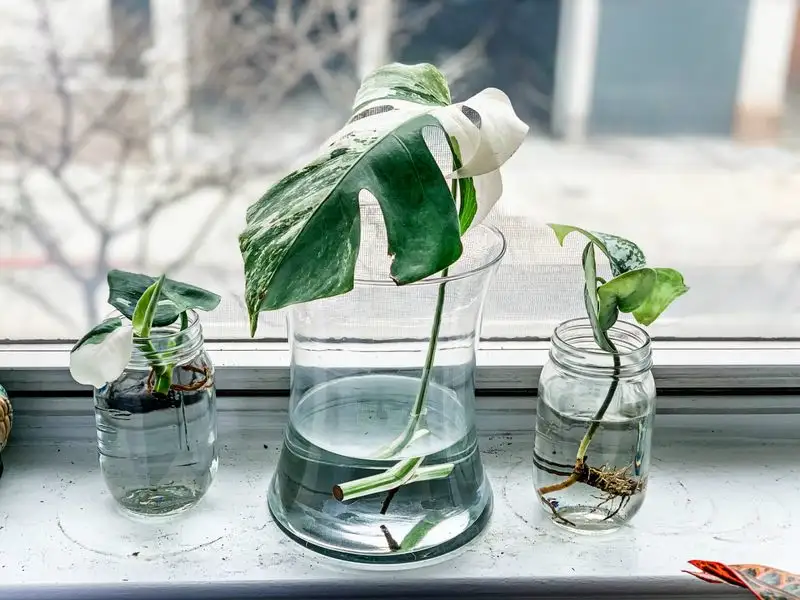
Keeping an eye on your plant cuttings helps ensure they are on track for successful rooting. Look for signs of new growth, which typically indicates root development. Check for wilting or yellow leaves as they may suggest issues with watering or light. Adjust their environment as necessary, moving them to a brighter spot if growth is sluggish. Regular monitoring allows you to address problems early, ensuring a thriving plant. This watchful care is a proactive step in plant propagation.
Transplanting Successfully
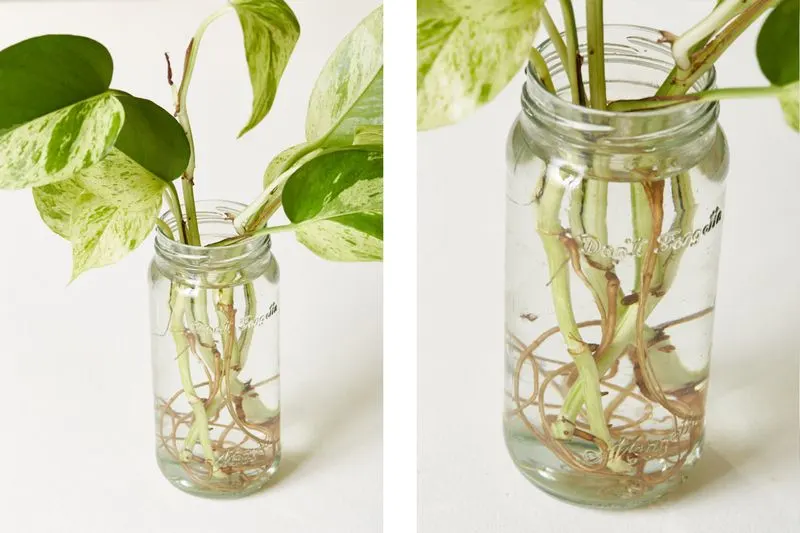
Once roots have developed, it’s time to move your cutting to a more permanent home. Handle the young plant with care to avoid damaging the delicate roots. Use a pot with good drainage, and fill with quality soil to support continued growth. Gradually acclimate the plant to its new environment, especially if moving outdoors. Monitor for any signs of shock, such as drooping leaves, and adjust care as needed. Successful transplanting is the final step in propagating plants like a pro.
Underwater Propagation Adventure
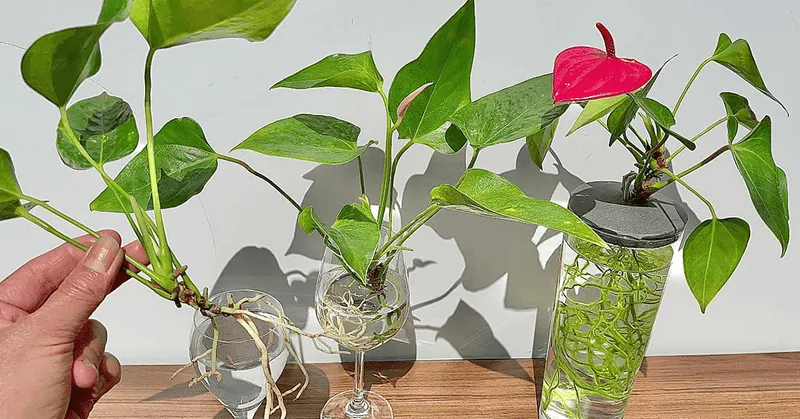
Ever thought of propagating plants underwater? This adventurous approach allows gardeners to explore aquatic environments. Submerge cuttings in transparent containers, utilizing natural light for growth.
The water acts as a medium, offering a stable temperature and consistent moisture. It’s a method that mimics natural aquatic plant growth.
Imagine the vibrant life surrounding your cuttings, creating a symbiotic relationship. This technique may suit plants that prefer high humidity. While unconventional, it offers a fascinating way to connect with nature. Remember, patience and creativity are key to this unique propagation technique.
Propagate with Music Magic
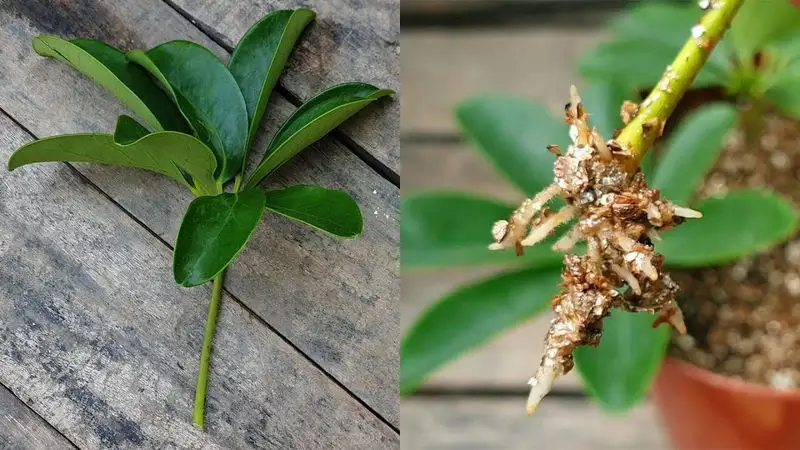
Believe it or not, music can play a role in plant propagation. Choose your favorite tunes and serenade your cuttings.
Studies suggest that certain frequencies may enhance plant growth, making this method as scientific as it is whimsical. Select music that resonates with you and your plants, perhaps classical or ambient soundscapes.
Position speakers near the cuttings, allowing the vibrations to interact with the plants. This technique combines sound therapy with gardening. Embrace the harmony between nature and art, and watch as your plants respond to the melodies. It’s a delightful experiment worth trying.
Lunar Cycle Cultivation
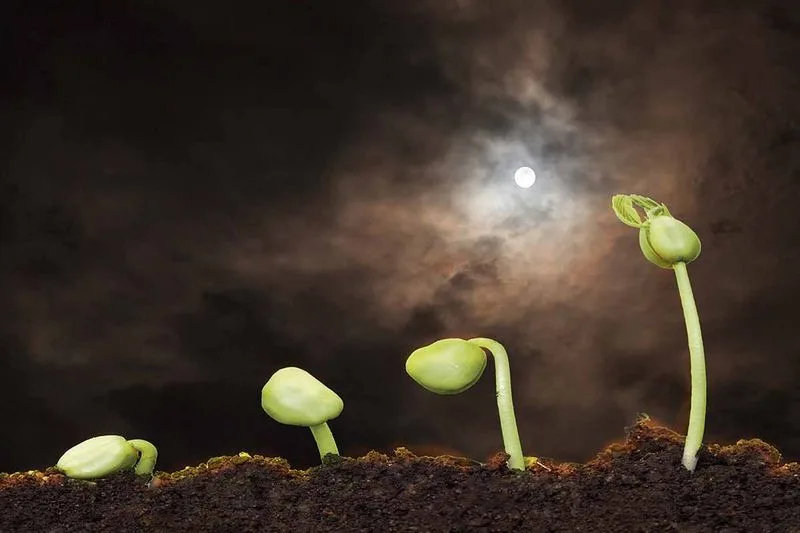
Align your plant propagation efforts with the lunar cycle for an astronomical twist. Some gardeners swear by planting according to moon phases, believing it enhances growth.
Track the moon’s position and correlate it with your planting schedule. New moons might encourage root development, while full moons boost foliage.
This method connects you to ancient gardening traditions, where celestial bodies guided agricultural practices. It’s a blend of mysticism and horticulture, engaging those who appreciate cosmic rhythms. Embrace the moonlit serenity and let lunar cycles guide your green thumb’s journey.
Electric Stimulus Experiment
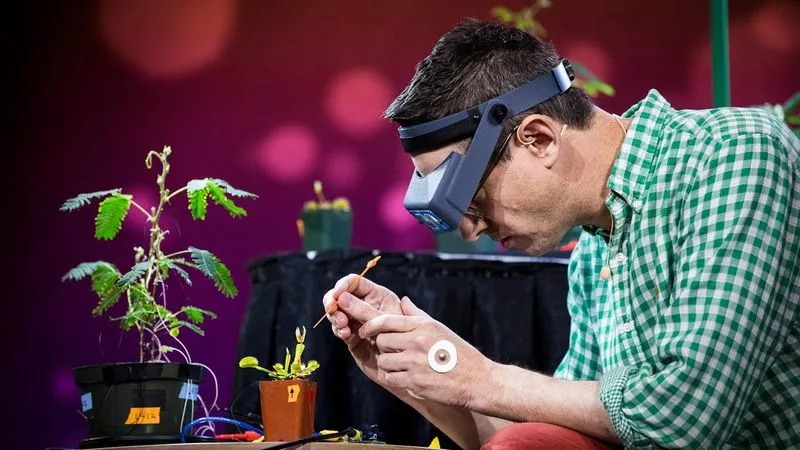
Explore the cutting-edge world of electric stimulus in plant propagation. This scientific approach uses gentle electrical currents to stimulate growth hormones.
Place the cuttings in a controlled environment, applying measured electric pulses. The stimulation promotes cell division and enhances rooting.
This modern method appeals to tech-savvy gardeners looking for innovative techniques. It’s a fascinating intersection of technology and nature, offering precise control over growth conditions. While experimental, it opens doors to new possibilities in plant care. Embrace this electrifying experiment, and witness your cuttings thrive under scientific precision.

